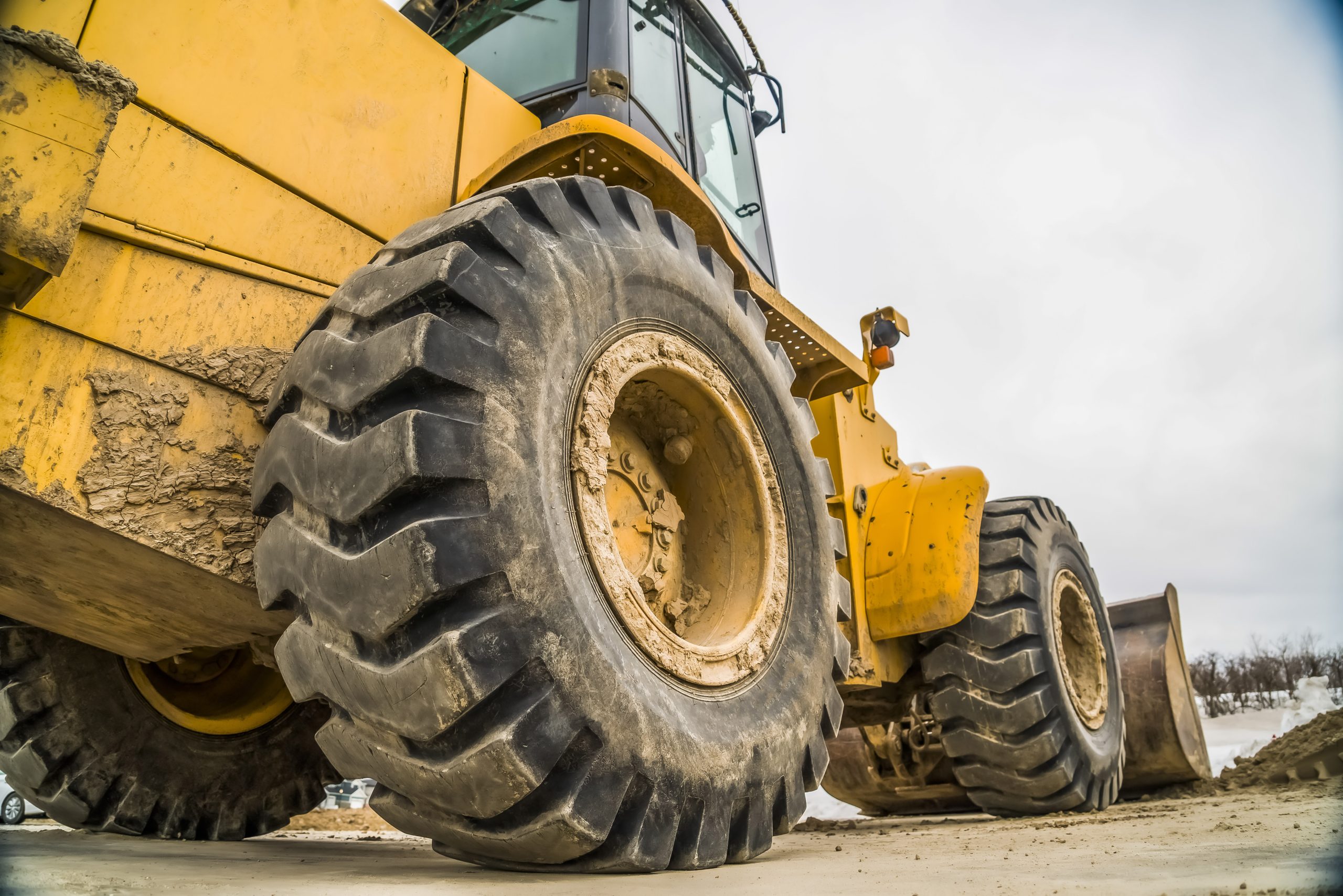 Foto: ABB
Foto: ABB
In the EU, heavy-duty vehicles are responsible for 25 percent of CO2 emissions in transport. Converting from a diesel drive to electric helps reduce their greenhouse gas emissions as well as overall operating costs. For example, if every truck in mines worldwide were electrified, 198,000 tons of CO2 could be saved per day in this sector alone. Also, maintenance costs of battery-electric vehicles in mines are 20-30 percent lower and fuel costs 40-60 percent lower than existing diesel trucks.
However, there is still resistance to vehicle electrification. Among other things, the purchase price of hybrid and electric drives is currently higher than for diesel-powered vehicles. This is offset by important drivers for electrification. For example, climate strategies of governments and cities are increasingly being included in public tenders. Attention is also increasingly focusing on the overall costs of electric drives. In the future, higher production volumes and technological advances will significantly reduce the price of heavy machinery. To drive commercial vehicles electrically, more powerful batteries are needed than for e-cars, for example, because of their high weight. In addition, the battery must withstand extreme conditions such as strong vibrations on construction sites.
Easy transition to electric drives
To make commercial vehicle electrification profitable and practical, ABB Motion offers a broad portfolio of sustainable drive solutions for heavy-duty vehicles used in applications such as open-pit and underground mining, material and cargo handling, construction sites, specialty applications, and agriculture and forestry.
The motors of the AMXE series are particularly suitable for the electrification of commercial vehicles. The permanent magnet-assisted synchronous reluctance motors in power ratings from 24 to 240 kW achieve a peak power of up to 520 kW and speeds of up to 5,000 rpm. They are available in four different sizes with peak torques of up to 600 Nm in the smallest and up to 3,300 Nm in the largest size. The motors can be used as traction or auxiliary drives. Compared to combustion engines, they differ in full torque at zero speed, regenerative braking, overload capability, lower coolant temperatures and higher efficiency. Due to their compact design and high torque density, the motors facilitate the installation of a battery.
The compact and robust HES880 mobile inverter is specifically designed for use in electric drive trains in construction equipment and construction vehicles. The inverter for traction motors and generators up to 510 kW continuous and up to 760 kW peak power is available in three different sizes with voltage from 320 VDC to 750 VDC (350 A, 600 A and 900 A). The module can be used as a line converter, motor inverter or DC/DC converter. The HES880 has the integrated “Safe Torque Off” (STO) function as standard and is optionally available with an integrated brake chopper. It is installed simply by plug-in connector.
The BORDLINE ESS (Energy Storage System) system for on-board energy storage also plays an important role. The battery modules of the high-performance energy storage system based on lithium-ion batteries can be connected in series to form a modular battery pack. The modular design of the battery allows easy scaling of the installed energy as well as placement on the roof, in the engine room or under the vehicle floor.
ABB’s electric powertrain solutions have in common that they are easy and flexible to install. This is because ease of configuration and scalability are key requirements for converting construction vehicles to electric drives. www.abb.com
Read this and other articles on the topic of Mobility 4.0 electric-connected-autonomous in the current issue of eMove360° magazine. Download free of charge or order print version by e-mail to sabine.metzger@emove360.com